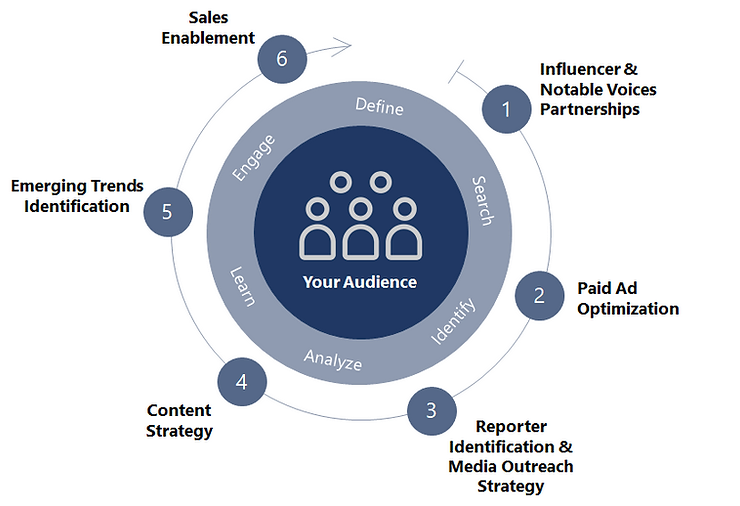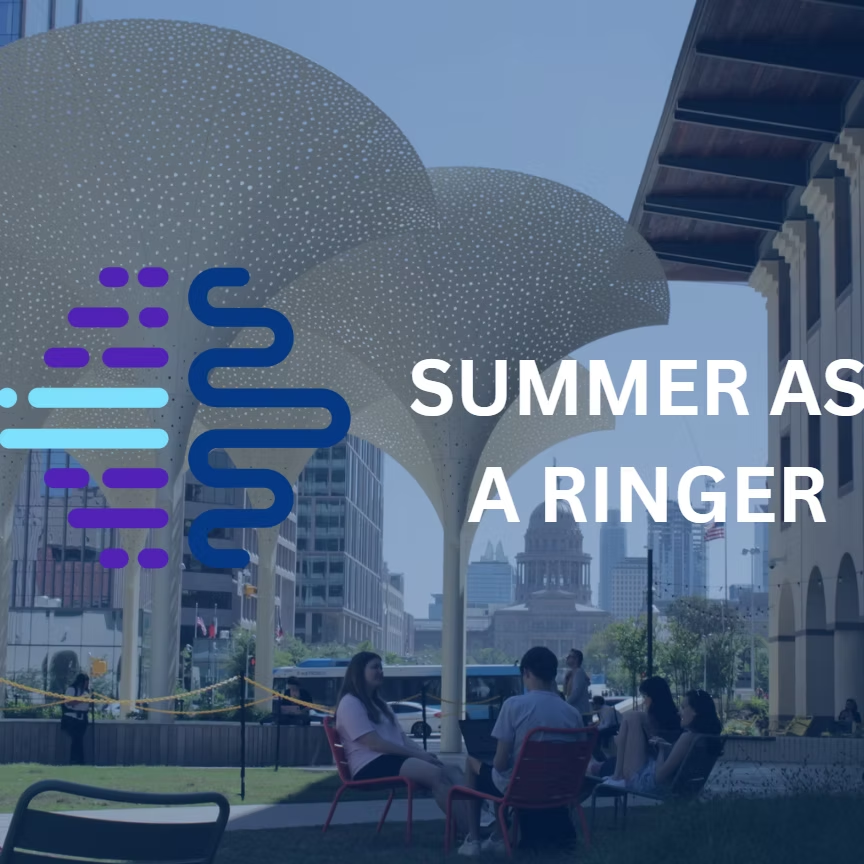Reaching your customers is a key priority for every business. With nearly 4 billion people using social media today, it is vital that companies leverage this platform to connect with their customers, which we define as a client’s audience. However, effective use of social media extends far beyond accumulating likes, shares, and comments. Rather, it is an often under-utilized source for better understanding the network of key stakeholders directly impacting your business. By listening in to this key audience, you can learn what your customers care about, where they go for information, and who impacts their decision to purchase a product or engage with a brand. Armed with this information, you can more effectively market your brand or product based on what your audience actually wants – at the right time, on the right channels and with the right messages. But where to start?
The Audience Architecture Approach was built with these objectives at its core. Rooted in the 1-9-90 model – which states your online audience consists of 1% who create content, 9% who comment and share content, and 90% who “lurk” and learn from this content – Audience Architecture identifies the 10% of users online who are shaping the conversations that impact your business.
At Ringer Sciences, we use this approach to help clients identify the 10% of stakeholders who shape the public’s view of their industry. Through a combination of social listening and social network analysis, we build an audience of niche and highly specific stakeholders that matter most to our client’s business across social platforms. Whether they are consumers of specific products, likely buyers of certain demographics, executive business decision makers, or communities of patients sharing information with one another, we’re able to listen to their public social conversations, see what they’re engaging with and sharing, when they engage, on what platforms, and who they’re interacting with the most. We start by identifying a core group of stakeholders who directly engage with key themes, product discussions, or a client’s brand. From there, using a variety of social network analysis techniques, we expand our aperture to include an audience of individuals who interact with this core group and also demonstrate similar affinities online. Through this process, we are able to identify the 10% of online users that shape the messaging around a client’s brand or target industry and ultimately impact consumer behavior.
Unlike traditional surveys, Audience Architecture uses audience-specific social listening that gives us unprompted insight into what they care about and how they behave online. By using these insights to understand our target audience, we can make our messaging more direct and meaningful. This translates to strategically creating the right marketing content, on the right channels at the right times.
Audience Architecture is highly customizable and we work with clients to create outputs that address specific business questions and needs but here are a few examples of core use cases:

-
Influencer & Notable Voices Partnerships: By analyzing the social networks of key audiences and uncovering whose content is most engaged with and shared, we can identify who is most influential among our target audience.
-
Paid Ad Optimization: Knowing what channels our audiences are leveraging, what outlets they read, and what lexicon they use enables brands to more effectively reach them with paid advertising and SEO while reducing spend by being more targeted.
-
Reporter Identification & Media Outreach Strategy: Once we’ve identified the most impactful reporters for our specific audience through follows and engagement, we can prioritize and tailor our media outreach efforts.
-
Content Strategy: Through analyzing our audience’s social content and consumption, we can glean insights into the key themes and issues most important to them. This allows us to align our content creation and strategy with the audience’s social activity, optimizing lexicon, visibility, and engagement.
-
Emerging Trends Identification: Audiences can be monitored in regular intervals and real-time to identify emerging trends in conversations.
-
Sales Enablement: Arm your salesforce with key insight into their sales target by learning what issues are top of mind for your audience and for specific individuals.


